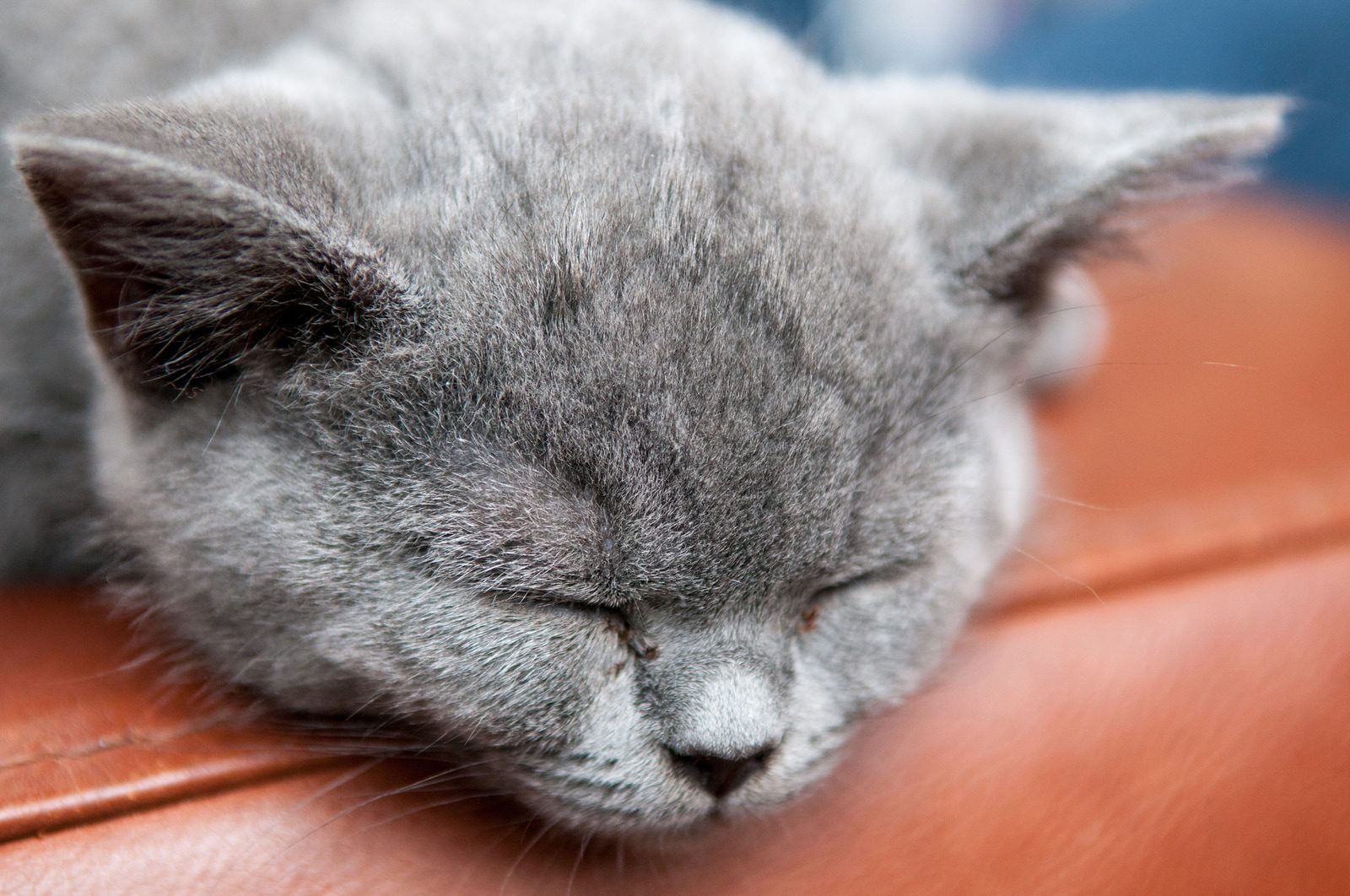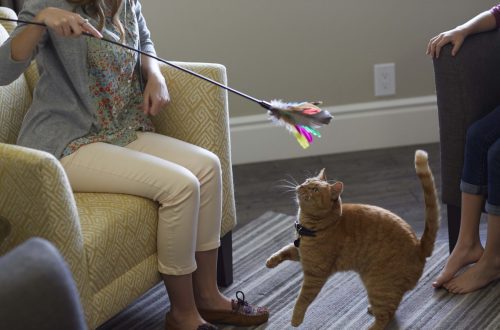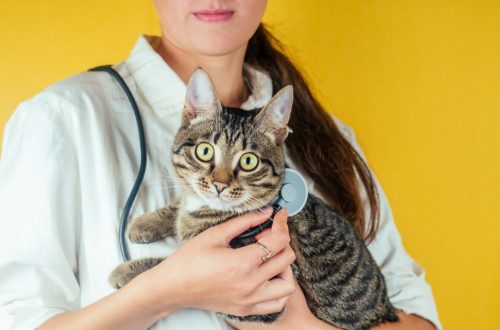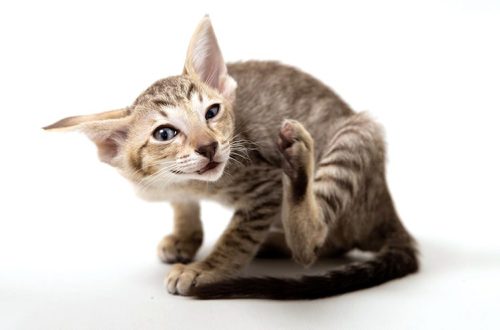
Cat stool as an indicator of pet health
As with many cat owners, litter box cleaning is probably not your favorite activity (but if it isn’t, we’d love to have your help!). But did you know that in order to keep your cat healthy, it is quite important to check if the color and shape of her feces is normal?
Most animals defecate at least once a day, and a cat’s stool is an excellent indicator of its health. By its appearance, you can determine whether she has constipation or any other disease, and also whether her food is suitable for her.
Knowing what a “good poop” should look like will help you recognize when your cat’s stool isn’t quite normal.
Contents
Healthy and unhealthy cat stools: what to look for
Generally, healthy cat feces are quite malleable (like modeling clay: not too soft and not too hard) and have an oblong shape, similar to a candy bar. This is considered the “gold standard” for excrement. Normal stools are dark brown in color, but not too dark, as dark or even color can indicate the presence of digested blood in the stool. Too light-colored stools could mean a more serious problem, like liver disease, as it could be a sign of a complete blockage in the bile duct, says PetWave.
Feces in the form of small, hard balls are considered abnormal as they may be a sign of constipation. This is a serious problem for cats because it can be indicative of health problems such as neurological or metabolic disease or colonic obstruction, notes International Cat Care. According to Wag! constipation in your cat may also indicate that she is dehydrated. You should definitely contact your veterinarian if your cat is defecating in small, hard balls.

You should also look for unformed, soft or almost watery stools with mucus without any form. Diarrhea in cats can be caused by a variety of causes, from bacterial infections to intestinal parasites to food intolerances. If you do not look closely at the contents of the tray, sometimes you can take a very loose stool for urine. So always be careful what you take out of the litter in the tray – or you can even use a pair of disposable gloves to check the texture.
Not every unusual cat poop is cause for panic, but it still requires careful observation. Your cat may have diarrhea for one to two days after a diet change or a hard drive, notes the Center for Feline Health at Cornell University. However, if such stools last more than two days or are accompanied by poor appetite, lethargy or vomiting, take the animal to the veterinarian immediately, says Dr. Richard Goldstein of Cornell University. It’s always better to play it safe.
How to prepare cat stool samples for analysis
At each annual checkup, your veterinarian may ask you to bring a stool sample for laboratory testing. Samples are best collected in special plastic containers, which can be bought at both veterinary and “human” pharmacies. Just remember: the lab needs a fresh sample, so collect these “treasures” from the tray on the very day of your visit to the veterinarian. Once you have collected the faeces in an approved plastic sample container, be sure to sign the date and time of collection so that the veterinarian has accurate information.
Several cats – several checks
If you have multiple cats, it is not necessary to collect samples for every single animal, unless your veterinarian asks you to do so. However, if you find blood in the stool, you will most likely have to watch the litter box to determine which cat has a health problem. Of course, if one cat is sick, the rest may be unwell too. If you notice a serious problem with one cat, try to isolate her and her litter box from the rest of the animals until you can take her to the veterinarian.
Believe it or not, your cat’s stool can tell you a lot about how she’s feeling. By checking it when cleaning the litter box daily, you can monitor and maintain her health and provide her with a clean, healthy environment.





